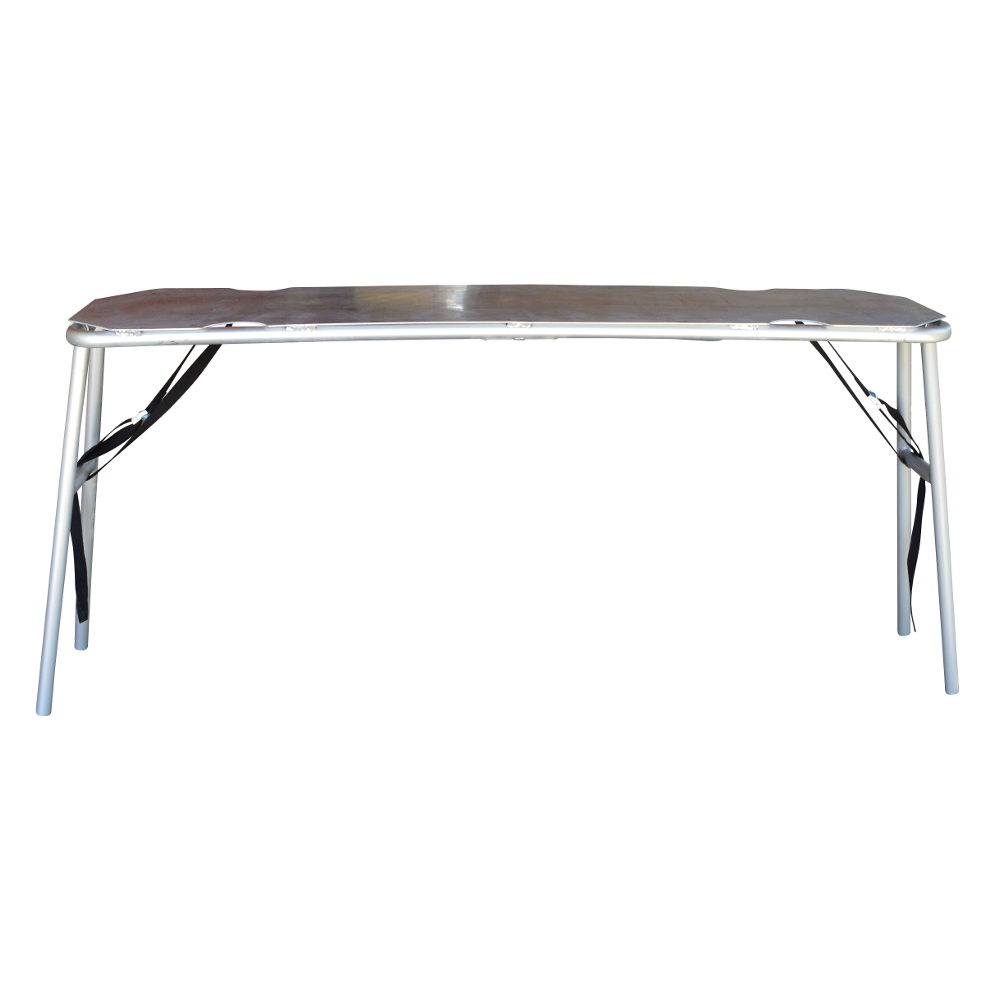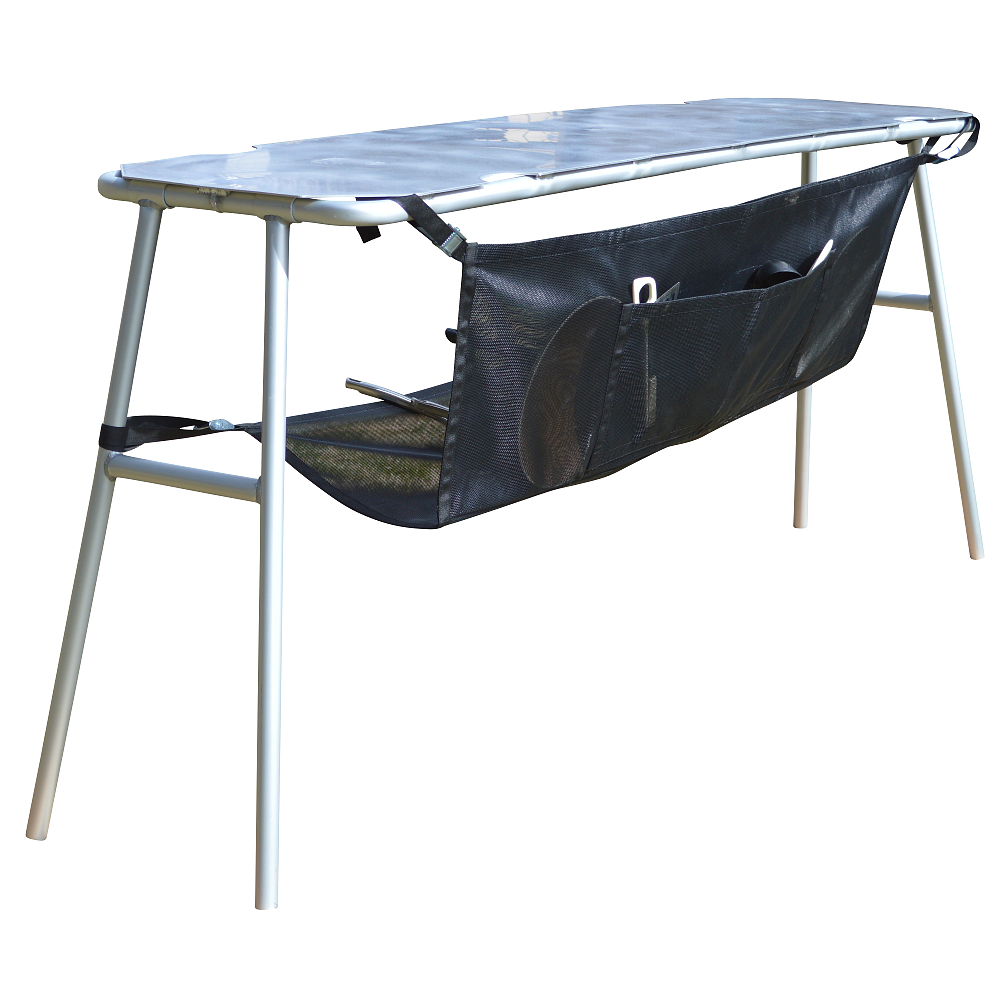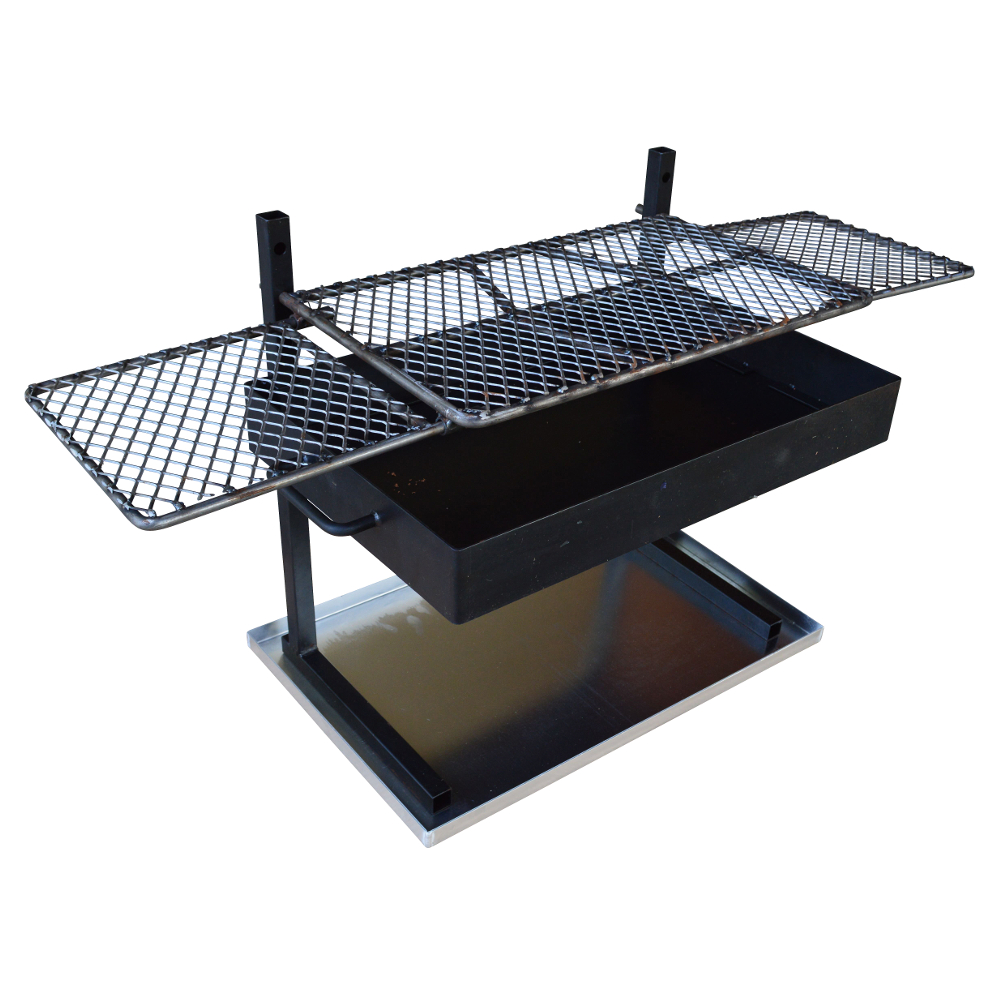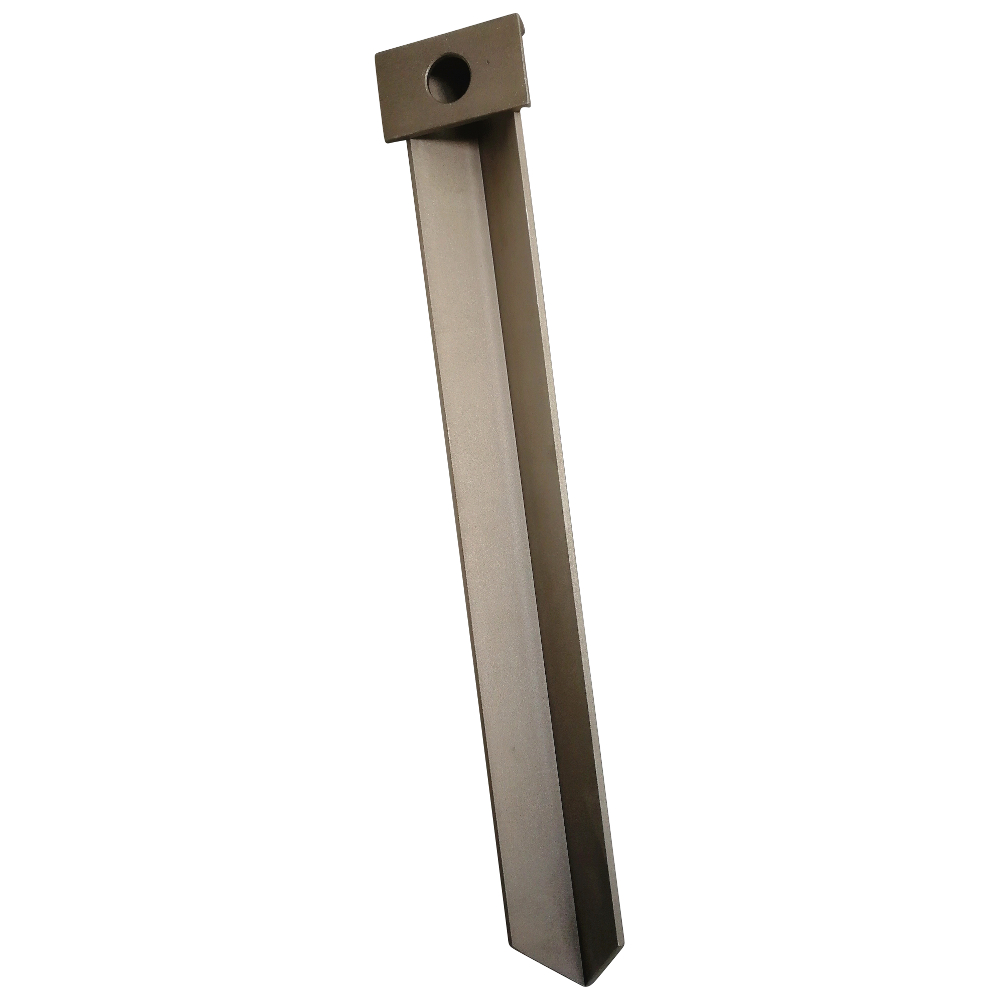Are you dreaming of a magical place with wild animals, mountainous landscapes, and the promise of outdoor adventure? Head to the Arctic National Wildlife Refuge. Located in northeast Alaska above the Arctic Circle, it is the largest and northernmost refuge of the national wildlife refuge system. The Brooks Range—the northernmost mountain range in America—crosses through the Arctic Refuge. It's a remote wilderness without designated trails, recreation facilities, or cell phone coverage. Visitors to this remote region are truly in the heart of the last frontier. Explore five diverse ecosystems sprawled across 19.6 million acres of expansive tundra, boreal forest, and arctic coast. Summer offers continuous daylight for non-stop activities. Autumn, winter, and spring serve up celestial swirls of northern lights during long nights.
Access into the refuge requires a commercial flight from Fairbanks to one of four entry points: the Kaktovik and Arctic Village indigenous communities on the northern and southern edges of the Refuge respectively, Fort Yukon outside the southern border, or Coldfoot west of the refuge. From these villages, chartered air taxis fly small groups of visitors deep into the Refuge.
Most travelers stay one to two weeks, primarily in the summer or shoulder seasons. If planning your own trip, no permits are needed. Due to the refuge's wild setting, preparation and self-reliance are required. First-time visitors and wilderness novices can join guided trips.
1. Hike Your Own Backpack Route
More than one-third of the Arctic Refuge is designated as wilderness. On a self-designed trip, create your own path through arctic and subarctic ecological zones. During summer trips in the Brooks Range, hiking across the landscape provides time to contemplate the vast views, roaring rivers, and uniqueness of the Refuge. Birds from around the world migrate to and from the refuge. Many land animals call the Refuge home, including herds of caribou. Backpacking is best June through mid-September when wildflowers are at peak color. Contact an outfitter or air taxi operator (see the bottom of this article) for suggestions and logistics.
2. Packraft Deep into the Arctic National Wildlife Refuge
This emerging style of travel takes explorers higher into drainage systems than rafts or canoes can access. Packrafters travel by backpacking light-weight watercraft and camping gear to a river's source. Inflate the 6-foot packraft, load the gear, and descend the water system in solitude. Rivers in the refuge support 42 fish species. Consider a custom-outfitted trip on one of the 18 major rivers, including three designated as Wild and Scenic. Logistics require a commercial flight to a village in or near the Arctic Refuge and then a bush flight.
3. Add to Your Bird Count with Base Camp Birding

Birders who want to explore avian habitats can hire a bush pilot, set up base camp, and enjoy the search for northern birds. Base camping in the refuge eliminates the need to carry heavy backpacks, allowing for unencumbered exploration until the air taxi returns a week later. Bring binoculars for spotting wildlife. There's potential for viewing many of the 200-plus migratory and resident bird species. Add variety with day hikes along river bottoms, on the tundra, up to bluffs, and by lakes. Plan your own base camp or join an outfitter.
4. Pursue Polar Bear Photography
Capture memorable photos on a seven day polar bear photo tour in early October. Stay overnight in the Iñupiat village of Kaktovik. Photograph the majestic cream-colored polar bears from the safety of daily charter boat excursions. Though the polar bears are center-stage, other arctic show stealers are on display. Harbor seals, bowhead whales, and arctic birds inhabit the frozen coast along Beaufort Sea in the Arctic Ocean. Northern Lights radiate blue, green, and red curtains. Half-day outings on chartered boats are available in August and September—book your trip well in advance, since these popular tours sell out.
5. Raft the Kongakut River

For folks seeking a wildlife-based paddling adventure, try a guided 8-to-11-day river trip along swift moving water from the Brooks Range to the Arctic Sea. The refuge is well-known for the caribou migration along the rivers. These large-antlered animals complete the longest land migration of all the land mammals. Late June is the best time to view the 197,000-member Porcupine Caribou Herd migration heading north in the spring and south by mid-July. A smaller 22,000-member Central Arctic Herd migrates on the northern area of the refuge. Grizzly bears and wolves seek caribou—wildlife encounters are likely. Day hikes to nearby mountains during layover days add off-trail arctic adventure to the itinerary.
6. Sample the Western part of the Refuge near the Dalton Highway

If time, wilderness skills, or money are in short supply, the Dalton Highway is a semi-civilized way to head into the backcountry. This 414-mile highway goes across the Yukon River and Arctic Circle through the stunning Brooks Mountain Range, ending near the Arctic Ocean. The road briefly passes the western-most edge of the refuge. Day hike or backpack in the Atigun Gorge in the Arctic Refuge near Galbraith Lake. For a taste of what the refuge offers, take the short 0.25-mile hike accessing the gorge. Hikers and backpackers choose various routes through the gorge to minimize impact and decrease damage to the environment. Catch a ride on the Dalton Highway Express service June through August from Fairbanks to Deadhorse or rent a durable vehicle.
There are hundreds of combinations for exploring the vast refuge. For Arctic National Wildlife Refuge trip planning information and a list of authorized guides and air taxi operators go to https://www.fws.gov/refuge/arctic/ or call 1-800-362-4546. For more information on what the Sierra Club is doing to protect this national treasure, click here.
Written by Natalie Bartley for RootsRated in partnership with Sierra Club and legally licensed through the Matcha publisher network. Please direct all licensing questions to legal@getmatcha.com.
Salamander Paddle Gear List for a Multi-day raft trip
Camp Table - Our camp table is stable and durable and makes kitchen prep a breeze.

Dish Washing Hammock - Designed to work with our camp table, this item makes drying clean dishes much easier

Fire Pan - Our firepan comes in two dfferent sizes and it includes the lid.

Sand Stake - This sand stake will secure your boat when there is nothing to tie off too.

Check out our Rafting digital catalog to browse all of our rafting equipment in one place.


Comments